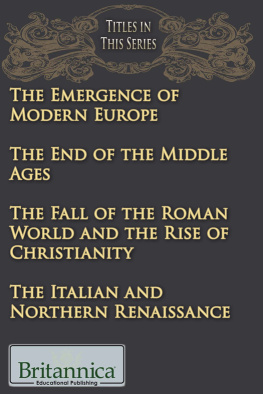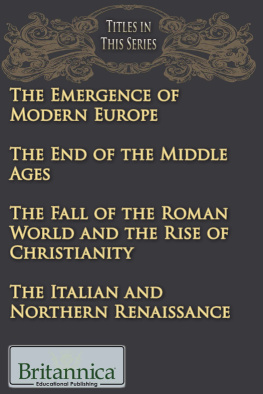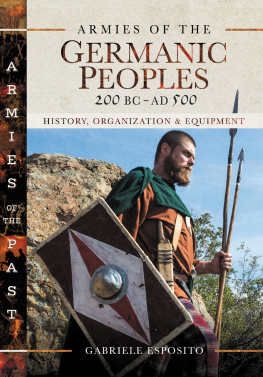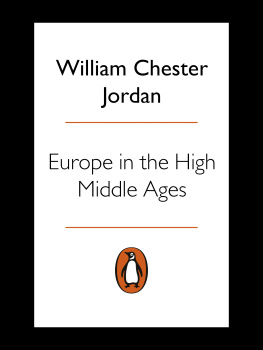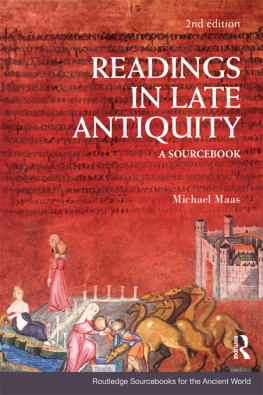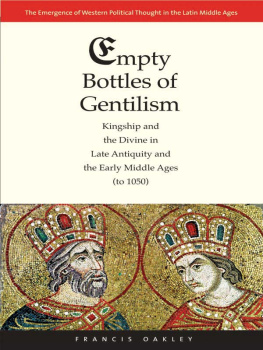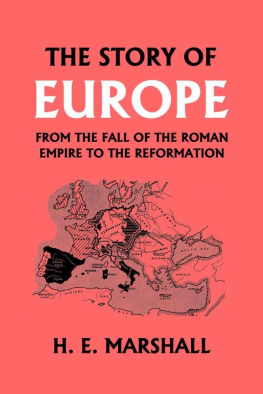

Published in 2018 by Britannica Educational Publishing (a trademark of Encyclopdia Britannica, Inc.) in association with The Rosen Publishing Group, Inc.
29 East 21st Street, New York, NY 10010
Copyright 2018 by Encyclopdia Britannica, Inc. Britannica, Encyclopdia Britannica, and the Thistle logo are registered trademarks of Encyclopdia Britannica, Inc. All rights reserved.
Rosen Publishing materials copyright 2018 The Rosen Publishing Group, Inc. All rights reserved.
Distributed exclusively by Rosen Publishing.
To see additional Britannica Educational Publishing titles, go to rosenpublishing.com.
First Edition
Britannica Educational Publishing
J.E. Luebering: Executive Director, Core Editorial
Andrea R. Field: Managing Editor, Comptons by Britannica
Rosen Publishing
Meredith Day: Editor
Nelson S: Art Director
Brian Garvey: Designer
Cindy Reiman: Photography Manager
Bruce Donnola: Photo Researcher
Library of Congress Cataloging-in-Publication Data
Names: Roscoe, Kelly, editor.
Title: The fall of the Roman world and the rise of Christianity / edited by Kelly Roscoe.
Description: First edition. | New York : Britannica Educational Publishing, 2018. | Series: Power and religion in Medieval and Renaissance times | Includes bibliographical references and index. | Audience: Grade 9 to 12.
Identifiers: LCCN 2016053736 | ISBN 9781680486261 (eBook)
Subjects: LCSH: Rome--History--Empire, 284-476. | Rome--History--Germanic Invasions, 3rd-6th centuries. | Church history--Primitive and early church, ca. 30-600.
Classification: LCC DG311 .F34 2017 | DDC 937/.0607204--dc23
LC record available at https://lccn.loc.gov/2016053736
Manufactured in the United States of America
Photo credits: Cover pp. 3, 13, 30, 54, 75 Conde/Shutterstock.com; pp. 8-9 SCALA/Art Resource, New York; p. 14 Biblioteca Medicea-Laurenziana, Florence, Italy/Bridgeman Images; pp. 18, 69 ullstein bild/Getty Images; pp. 20, 22 Courtesy of the National Portrait Gallery, London; p. 23 Courtesy of the Universitats-Bibliothek Basel; p 26 Manuel Litran/Paris Match Archive/Getty Images; p. 28 Universal Images Group/Hulton Fine Art Collection/Getty Images; pp. 32, 44, Encyclopdia Britannica, Inc.; pp. 34-35, 39, 41, 84-85 Photos.com/Thinkstock; pp. 36-37 Alvaro German Vilela/Shutterstock.com; p. 50 Universal History Archive/Universal Images Group/Getty Images; pp. 52-53 Universal Images Group/Getty Images; pp. 56-57 De Agostini/S. Vannini/Getty Images; p. 59 Giraudon/Art Resource, New York; p. 61 Bridgeman Images; pp. 62-63 Interfoto/Alamy Stock Photo; pp. 64-65 Alvaro Canovas/Paris Match/Getty Images; p. 67 Print Collector/Hulton Archive/Getty Images; p. 71 AndersonAlinari/Art Resource, New York; pp. 72-73 Galleria Sabauda, Turin, Italy/Bridgeman Images; p. 76 Heritage Images/Hulton Archive/Getty Images; p. 78 Heritage Images/Hulton Fine Art Collection/Getty Images; p. 80 Abbey of Monte Cassino, Cassino, Italy/Bridgeman Images; p. 82 Huntington Library and Art Gallery, San Marino, CA, USA/Bridgeman Images; p. 87 Madame.evangelista; p. 89 Courtesy of the Staatsbibliothek Bamberg; p. 90 Kunsthistorisches Museum, Vienna; interior pages background and border graphics Roberto Castillo/Shutterstock.com; back cover flourish Drakonova/Shutterstock.com
Contents
T he medieval period, or the Middle Ages, was a time in European history before the modern era. In the 4th century CE Germanic peoples began crossing the frontiers of the Roman Empire, in part because of the advance of ferocious warriors from the eastthe Huns. The movement of the Germanic peoples contributed to the so-called fall of the Roman Empire. Although violent clashes occurred between the Romans and various Germanic tribes, the process also involved the more peaceful migration and settlement of Germanic peoples in the empire and their incorporation in Roman armies. The Germanic peoples themselves underwent important social and cultural changes as a result of their contact with Rome. They were gradually Romanized, adopting various Roman traditionsincluding Christianityand they became more settled. The union of Germanic traditions and Roman religion and culture led to the emergence of the civilization of the Middle Ages.
Even before the fall of the Western Roman Empire in 476, life in Europe began to change. The Germanic peoples had long lived along the frontiers of the Roman Empire. In the 3rd century, during a period of near-anarchy within the empire, they attempted to seize Roman territory. The Roman recovery of the late 3rd and 4th centuries restored the traditional balance. At the same time, the Romans began to welcome some of these people into the empire. Some were settled inside the Roman lines as farmers and defenders of the frontier, and others were recruited for the Roman army. The Germanic peoples in this way became part of the empire and learned Roman ways. In the later 4th century, however, this balance was upset by the appearance of another people, the Huns.

This 5th-century mosaic in the church of Santa Maria Maggiore in Rome depicts the crossing of the Red Sea.
The Huns began moving westward from their homeland north of China in the 4th century, conquering everyone in their way and inspiring great fear. They achieved their greatest success in the 5th century under their leader Attila. As a result of the savage advance of the Huns, the Germanic peoples along the frontier began moving into Roman territory. This movement of the Germanic tribes has traditionally been called the barbarian invasions, since the Romans called foreigners from outside the empire barbarians.
The Romans themselves settled some of these Germanic peoples within the empire, while others invaded and conquered Roman territory. The arrival of the Germanic peoples occurred at a time, especially in the Western Empire, when Rome suffered economic and population declines that made it less able to turn back the invaders. From the 4th to 6th centuries Goths, Vandals, Lombards, Franks, Angles, Saxons, and other Germanic tribes entered the empire and created new kingdoms on the ruins of the old Roman world.
The early medieval period has sometimes been called the late antique period or the Dark Ages because it was believed to have been a time of violence and ignorance. This view has generally been rejected, however, and many historians now regard it as a time of significant transformation from one form of civilization to another. In fact, many changes took place during this period that laid important foundations for later developments. The Germanic peoples who settled in the empire did not possess the highly developed systems of law and government of the Romans. However, they followed long-standing customs that served as legal traditions and were organized in war bands led by warrior chiefs. These chiefs, partly as a result of contact with Rome, evolved into powerful kings. The Germanic peoples adopted, if in simpler form, Roman administrative traditions, especially in the area of taxation. The new Germanic rulers also inherited the language of government and the practice of writing and codifying the law from the Romans.
The creation of new kingdoms out of the old Roman state yielded some dynamic cultures, especially those of the Ostrogoths (eastern Goths) of Italy and the Visigoths (western Goths) of Spain. Although the Germanic peoples enveloped Europe and drove into North Africa, only one group, the Franks, created a lasting state. Their first great leader was Clovis, who in 481511 established in Gaul the kingdom that was to become France.


